Subscribe, listen to, and share Happiness Between Tails Podcast on most any platform; from Spotify and Apple Podcasts and Google Podcasts and Breaker, to Pocket Casts and RadioPublic and Castbox and Stitcher, plus many more and an RSS feed. Click here for the full list of 50+ places.
Writers, including novelists (about my books here), need food for the soul. Long Beach’s Museum of Latin American Art is small and modest, yet it always inspires me…
Yolanda González gave a wonderful talk for their current exhibition of her art. Chicana by birth, she mines the world for insights into her multi-disciplinary work. She spoke of how, in addition to the Chicano/a/x movement, the German Expressionism has influenced her from early on, as did invitations to Russia, Spain, Scotland, and six-months in Japan. She’s shown across the United States, throughout Europe, and South Africa. She’s so kind that she posed for a photo with me…
Columbian artist Fernando Botero is another MOLAA favorite. At 90, he still creates luscious paintings, illustrations, and sculptures that redefine beauty and love, as well as decry political cruelty. This, from Wikipedia, is a great example of his style. Even the trees are lush!…

Khashayar snapped this one of me with Botero’s dancers…
Today’s guest, blogger/author/vlogger Robbie Cheadle (click here for all her links), is also a multi-talented an artist when it comes to her poetry, fiction, food art and more, which are sometimes for adults and other times for children. You can click here for another post by her for Happiness Between Tails.
Born in Johannesburg, South Africa, she’s published thirteen children’s books (some co-authored with her son, Michael Cheadle), three of poetry, two novels (under the name of Roberta Eaton Cheadle), won awards, and appeared in anthologies.
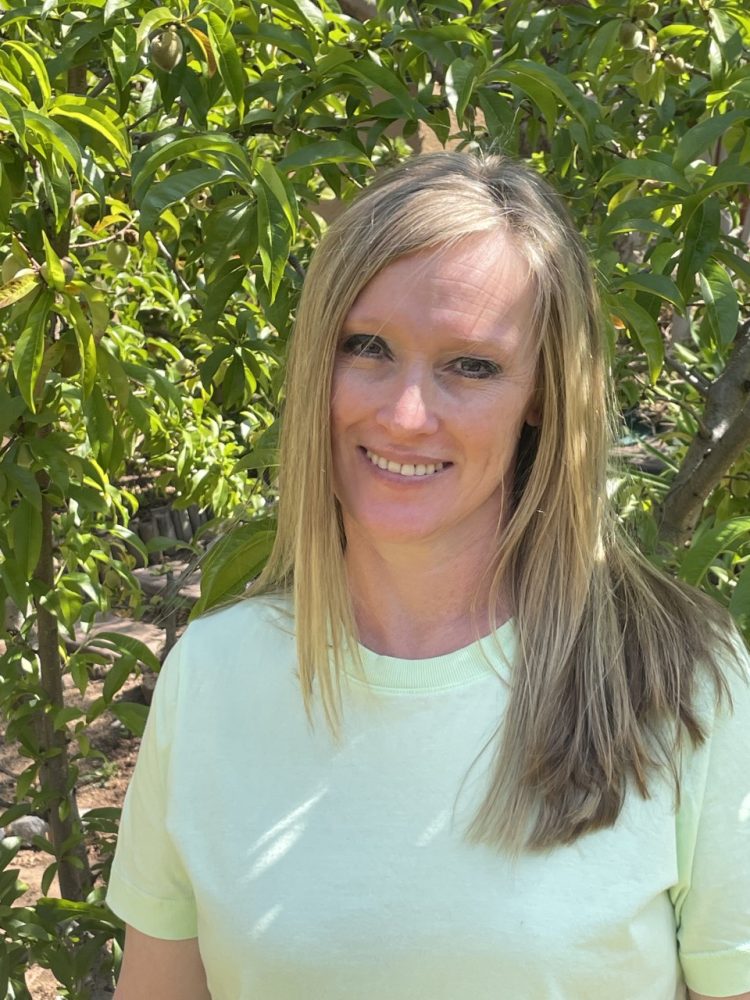
Never one to shy away from controversy, she explains, “I like to present the facts so that people are at least informed. Most people just embrace a topical idea without understanding any of the underlying detail.” Here she discusses the Sixth Mass Extinction, also know as the Holocene/current extinction event.


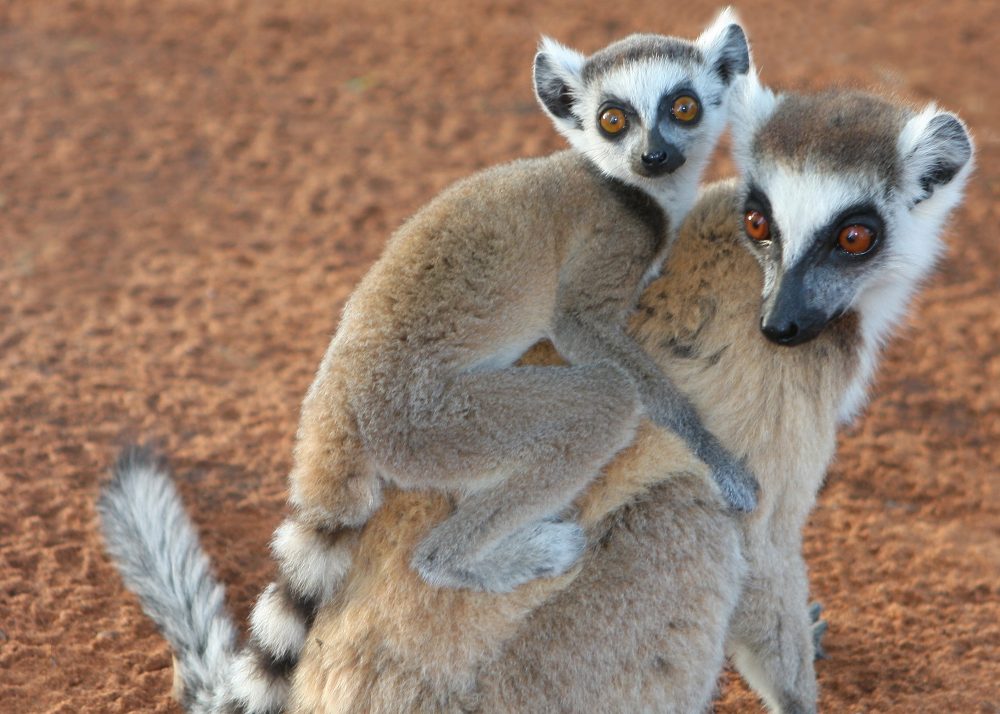
Our killing, razing, mining, and polluting everything is ruining the earth for ourselves and everything on it. That includes Robbie’s native African wildlife…
Do we need wildlife sanctuaries and zoos? by Robbie Cheadle
Protected land in Africa
This article is going to focus on Africa for two main reasons. Firstly, according to an article in March 2020 citing statistics produced by The World Database on Protected Areas (“WDPA”), there are just under 2,000 sites in Africa which have been identified as Key Biodiversity Areas or areas that contribute to the global persistence of biodiversity, including vital habitats for threatened plant and animal species.
Secondly, I have more knowledge about African, in particular southern African, wildlife and national parks and have written a book of poems and one short story called Lion Scream, that focuses on the Sixth Mass Extinction and Climate Change in this region.
The WDPA statistics cover 30 countries in Africa and states that 22% of the total land in these countries is protected. However, of this 22% only 9% is categorized as effectively managed protected land. This does not mean that the other 13% isn’t well managed, it means that WDPA doesn’t have proof that it is effectively managed.
The Republic of Congo has the highest percentage of protected land at 42% with 10% classified as effectively managed. South Africa has the lowest percentage at 8% with 5% classified as effectively managed.
Why do these statistics matter to wildlife conservation?
Let’s consider these facts quoted from Lion Scream:
“At the start of the 20th century, there were over 500,000 rhinos living in the wild. Today, that number has dropped to less than 30,000 and they are critically endangered. The main threats to rhino today are poaching and loss of habitat.”
“According to an IUCN article dated 25 March 2021, the African forest elephant population has declined by more than 86% over a period of 31 years. The African savanna elephant population has decreased by at least 60% over the past 50 years.
The main threats to elephant populations are poaching for ivory and loss of habitat.”
“Cape buffaloes are listed as a species of Least Concern (LC) by the IUCN. Their numbers are in decline due to hunting by humans for meat and trophies. Diseases such as rinderpest, and losing their natural habitat, also affect their numbers.”
“The leopard population of South Africa has declined significantly over the past twenty years. In 2002, leopards were listed by IUCN as Least Concern (LC). This status changed to Near Threatened (NT) in 2008 and then Vulnerable (VU) in 2016. Studies have shown that only 17% of leopards current range in South Africa is protected. It is shocking to learn these animals are extinct in 67% of the country.
The primary threat to leopard populations is human activity which has resulted in habitat fragmentation, reduced prey base and conflict with humans.”
“Statistics vary slightly, but they all agree that there are less than 7,000 cheetahs left in the wild.”
“Wild dogs are one of the world’s most endangered mammals. The largest populations remain in southern Africa and the southern part of East Africa.
The major threats to the survival of African wild dogs include viral diseases like rabies and distemper, habitat loss, competition for food with larger predators like lions, and conflicts with humans.”
And the King of the Jungle, the lion …
According to the Ukutula Conservation Centre “Globally ALL large mammal numbers have decreased at a shocking rate over the last 200 years (90 – 98%) – mainly due to direct and indirect destructive human actions!
In fact, lion populations throughout much of Africa are heading towards extinction more rapidly than previously thought, decreasing from 1,2 million (1800) to less than 25 000 (2016).”
You can read more about the conservation work at Ukutula here.
The common denominator for the drastic reduction in the wildlife populations in Africa is habitat loss and conflict with humans.
Difference between national parks, wildlife sanctuaries, and zoos
A national park is a territory or region that is set aside for the designated purpose of protecting both plants and wildlife. National parks are usually larger than sanctuaries as they are designed to protect entire biological systems, and they have a wider variety of animals. In a national park, human intervention is minimalized, and animals must find food, defend their territories and young, and recover from injuries largely on their own.
A wildlife sanctuary is a facility to which animals are transferred to live in a secure environment for the rest of their lives. Select wildlife sanctuaries provide protection to specific species of animals and birds in their natural habitat. The sanctuary does not benefit in any way from the animal and none of its parts are used for commercial purposes. Many wildlife sanctuaries also provide rehabilitation services where they care for injured or abandoned animals until they are ready to be released back into their natural environment. Animals are cared for if they are sick, and their young are protected until maturity.
A zoo is a collection of animals gathered from all around a country and even from other countries, to be displayed. Ethical zoos prioritize animal welfare, education, and conservation efforts about profits and are non-profit organizations. Animals in zoos are cared for when they are sick and their young are protected from predators.
The main difference between a sanctuary and a zoo is how the animals come to be in their care.
The benefits of wildlife sanctuaries and zoos
Obviously, a national park is the best setting for wild animals as they live their lives in the manner nature intended. However, due to the lack of human intervention even during times of extreme adversity like droughts, the animals have shorter lives and may suffer from poor nourishment. In a national park cheetahs, for example, must compete with other larger predators for a limited food supply. Animals also die of natural causes such as diseases and from untreated injuries.
National parks can also be threatened by forest fires, loss of biodiversity, soil erosion, encroachment by local people, and pollution. Finally, as can be seen by the statistics in the beginning of this article, there just aren’t enough national parks and protected areas to allow for viable populations of all animals that are endangered and critically endangered.
A national park can only sustain a maximum number of each species to maintain a balance of the available natural resources. Too many lions in a reserve could decimate the zebra and antelope populations and will ultimately lead to starvation by the excess lions as nature remedies the balance.
Wildlife sanctuaries are better than zoos as the animals are in their natural environments to a certain extent. They are better protected, and healthcare is often provided to the animals and other creatures. A disadvantage of sanctuaries is that they favour specific animal species over others which can cause imbalances in the ecosystems.
While I am not a fan of zoos and animals in captivity, I acknowledge that with so many animal species being so critically endangered and more and more of the natural habitats of animals being claimed by humans, zoos serve a purpose in ensuring a reservoir population in the case of a sudden and unexpected decrease in animal populations due to natural disasters or disease, thereby helping to prevent the extinction of animals.
Any facility that offers good care to wild animals and helps to preserve them against habitat loss, climate change, and disease is a good thing as we attempt to fight the current Sixth Mass Extinction and climate change.
Share your thoughts on zoos…
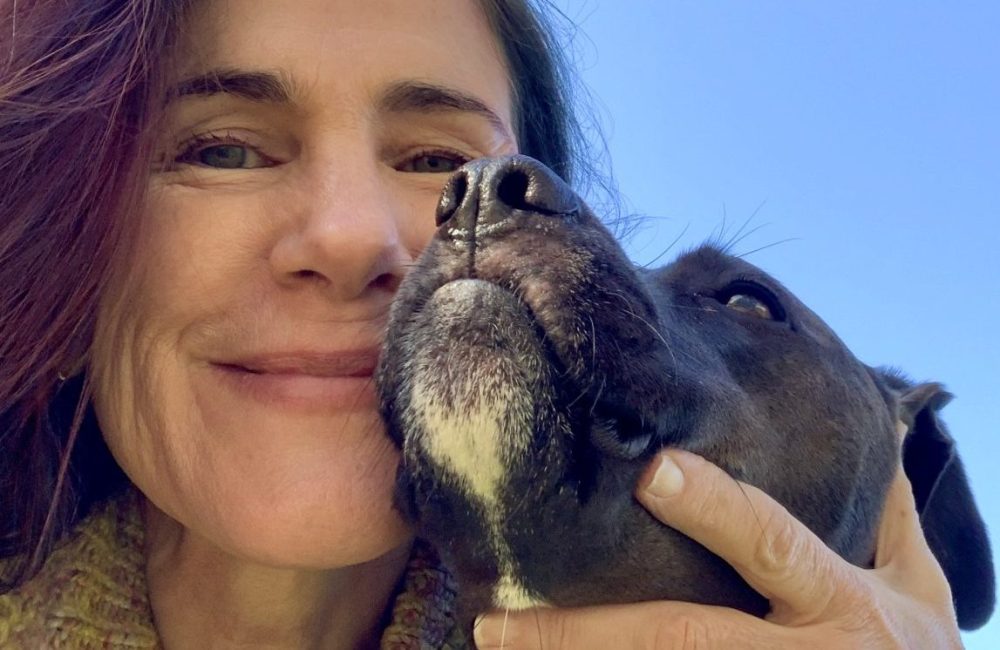
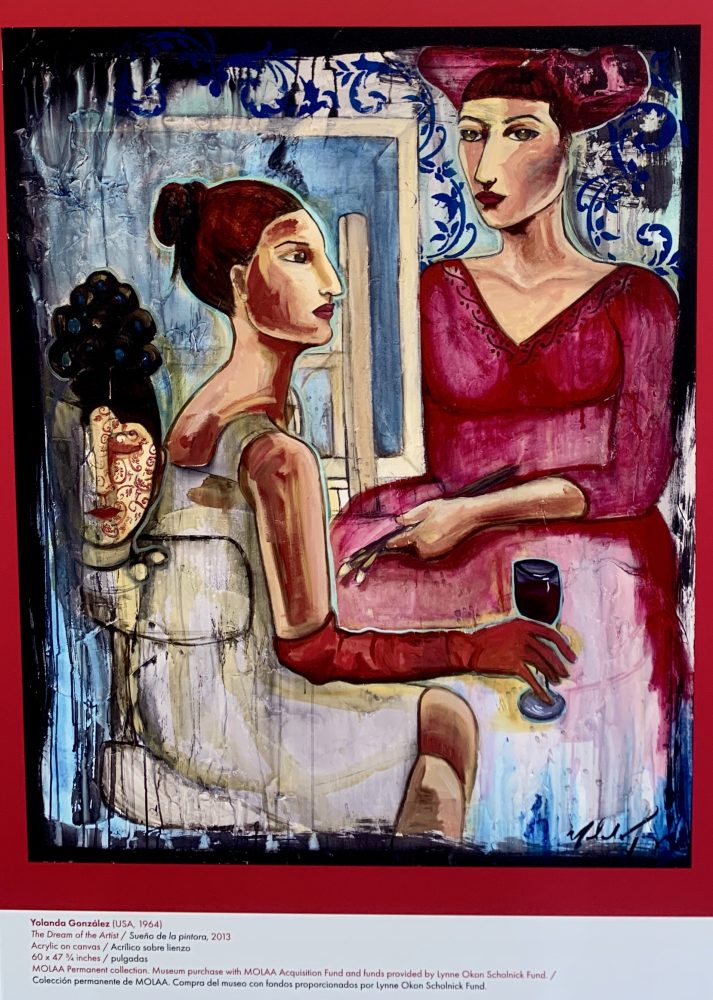
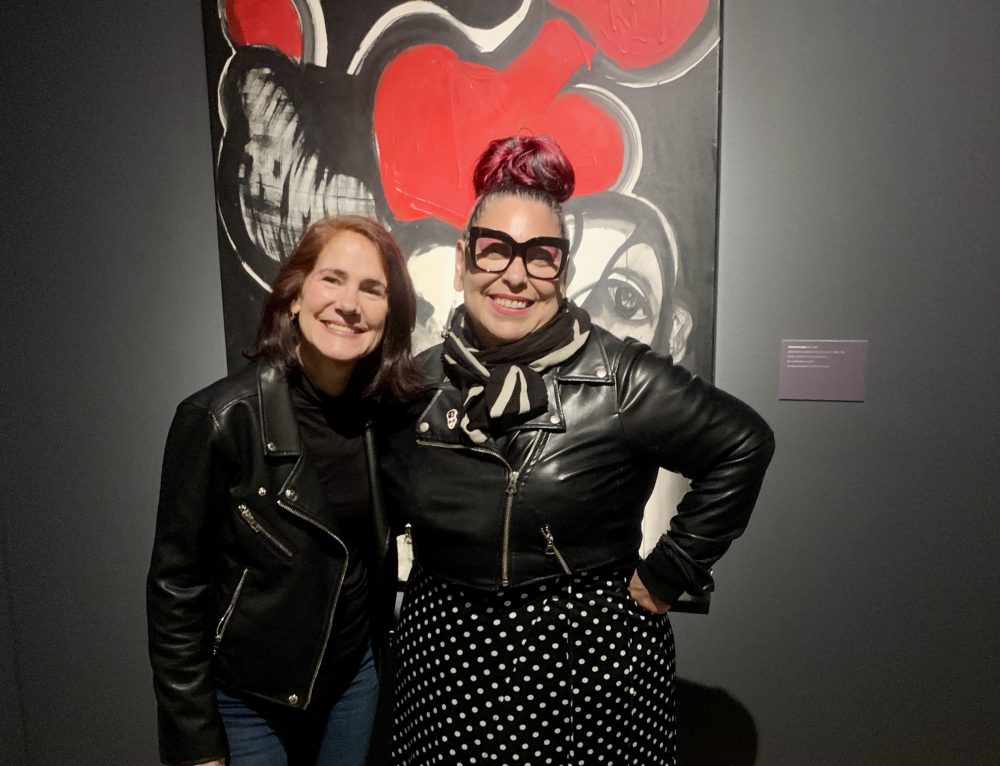




Robbie, a timely wake-up call about the accelerated extinction of wildlife. Very sobering!
da-AL, I have not been receiving your posts. It is a mystery why this happened, but I have resubscribed!
LikeLiked by 1 person
WordPress always mystifies me. Mainly of late only on some wordpress blogs do I need to use chrome rather than safari in order to comment and even then it’s buggy… thanks much Cheryl for going the extra yard here ♥️
LikeLiked by 1 person